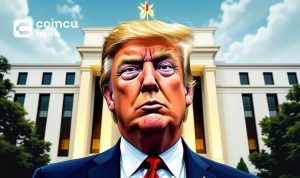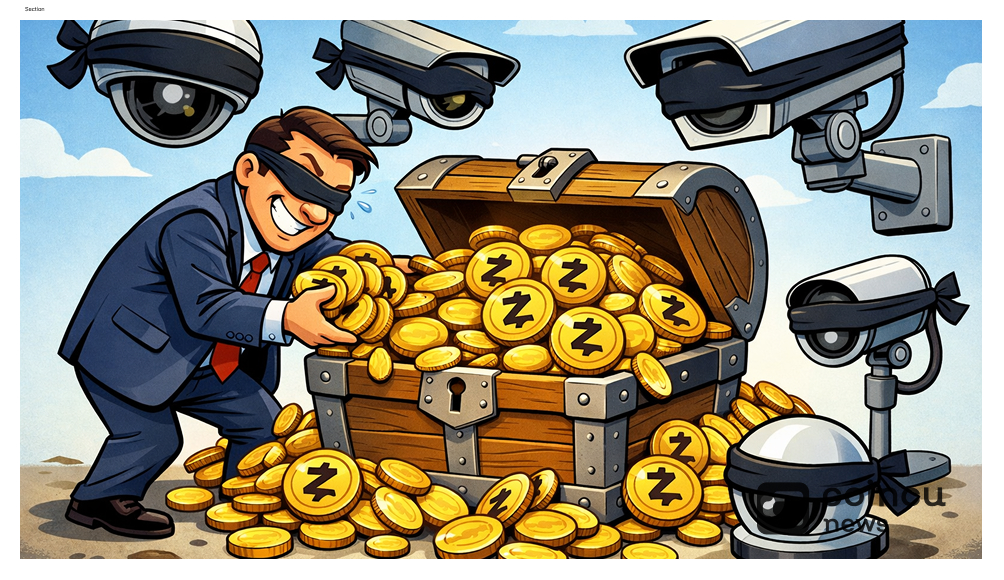- The Four.meme platform suffered a significant security breach.
- Attacker exploited vulnerability to steal $130K.
- Incident highlights security issues in DeFi platforms.

PANews reported on March 18, 2025, that the Four.meme platform was exploited, resulting in the theft of $130,000 in liquidity through PancakeSwap-related vulnerabilities.
The breach exposed vulnerabilities within the Four.meme platform, raising concerns about security in decentralized finance.
Four.meme Breach: Exploiting PancakeSwap Vulnerabilities for $130K Theft
The Four.meme platform recently faced a significant security incident exploited by an attacker who manipulated the system to bypass token transfer restrictions. The attacker utilized the Four.meme function, 0x7f79f6df, to create unauthorized trading pairs on PancakeSwap and steal approximately 200 BNB, valued at $130,000.
This exploit involved bypassing transfer restrictions, creating unauthorized liquidity at an unfavorable price, and siphoning funds from the liquidity pool. This attack demonstrated critical vulnerabilities within the liquidity pool mechanism. As SlowMist, a blockchain security firm stated, “Our monitoring efforts have revealed that the vulnerability in Four.meme’s liquidity mechanism allowed the attacker to bypass transfer restrictions, leading to significant financial losses.”
In response, the Four.meme team swiftly announced plans to compensate affected users and address the security gap. This incident stirred a wider discussion in the crypto community about the need for fortified security protocols in DeFi projects.
While key figures have not formally commented, the impact on confidence in the platform is evident.
Recurrent Security Breaches in DeFi Spark Regulatory Concerns
Preceding this incident, the Four.meme platform experienced a similar attack in February, losing $183,000. This second breach within months highlights persistent security vulnerabilities.
Experts indicate that security weaknesses in developing DeFi platforms lead to repeated vulnerabilities. There are ongoing discussions on adopting enhanced security protocols to protect digital assets. Historical trends show that repeated breaches could induce regulatory scrutiny and demand for stricter compliance measures.























